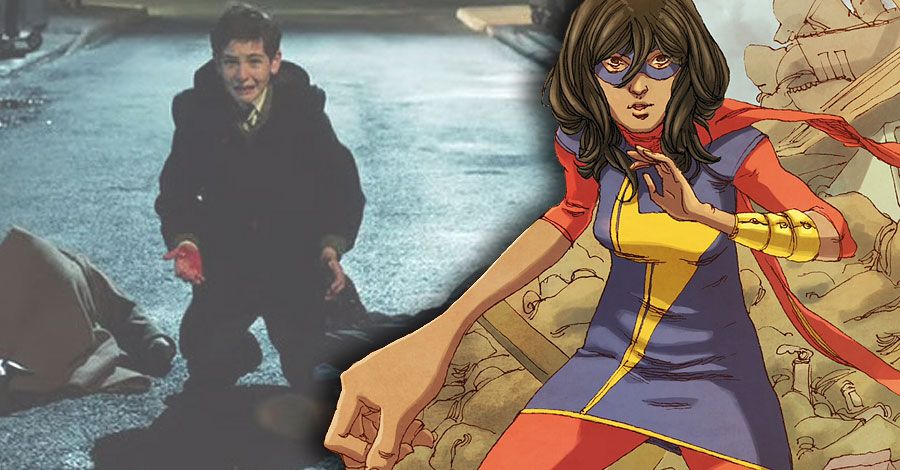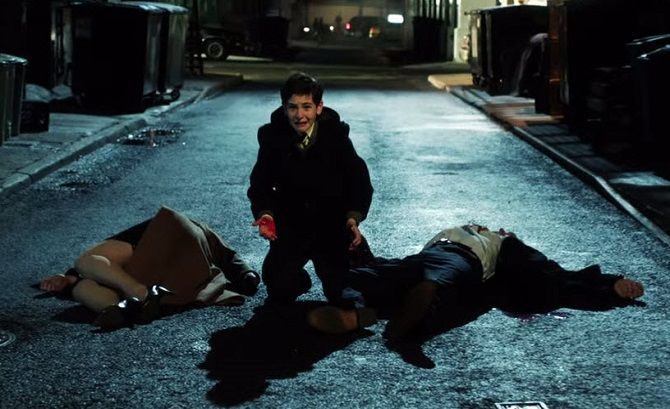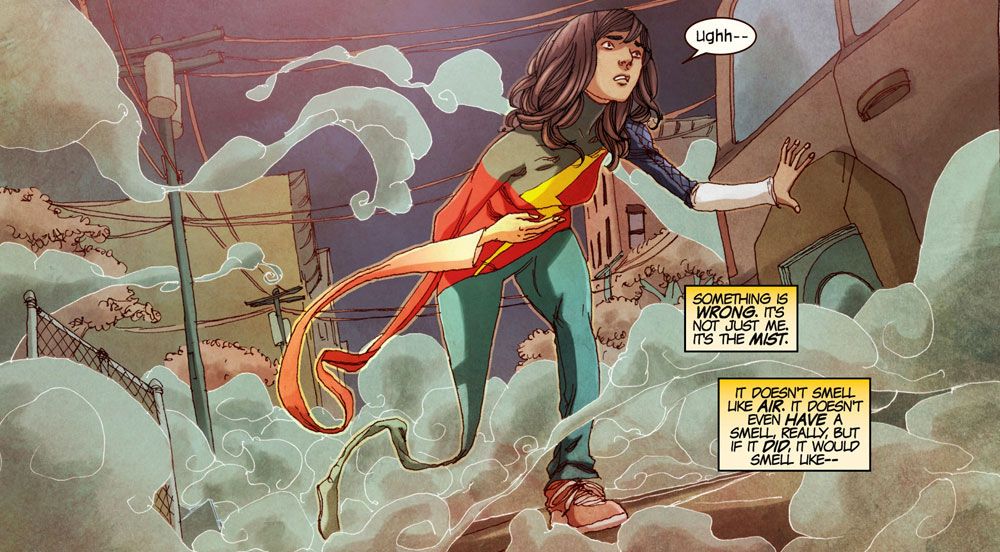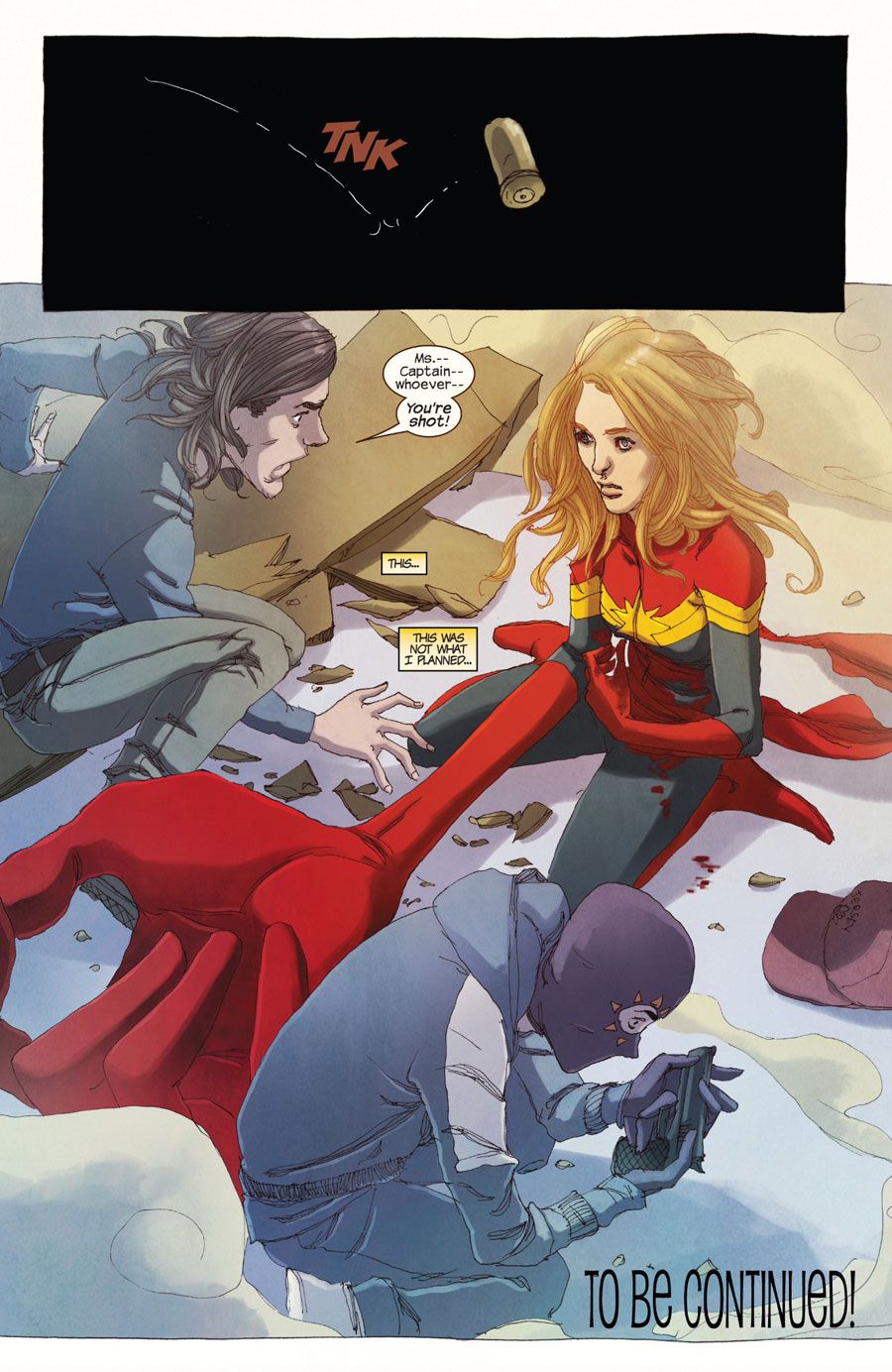I only managed to get through the first ten minutes or so of "Gotham" -- just long enough to see Bruce Wayne's parents get murdered again. I've seen them get shot over and over and over in multiple venues and formats, of course, but it's a little different now that I have a son of my own -- and the slow-motion version in "Gotham" is a particularly brutal take. The camera lingers on Bruce after the shooting as he shakes his parents, getting blood on his fingers, and then kneels in the street and screams. Maybe the worst detail, though, is the swelling vocal chorus that tells us that this is an adult, important moment. There's nothing quite like childhood trauma as a melodramatic spectacle to give a shallow genre tale the semblance of weight.
"Gotham" is hardly the first superhero narrative to use violence as a cheap route to serious meaningfulness. It's arguably built into the Batman character from the beginning: kill a couple people right up front to distract from the premise of a super-rich guy dressing up as a bat to punch criminals in the face. Violence equals maturity -- and so it's no wonder that, as superhero comics have reached for cultural legitimacy, they've become more spectacularly violent. "Watchmen" and the "The Dark Knight Returns," the two '80s comics that are most credited with making superheroes not just for kids anymore, both ratcheted up the murder and mayhem. Batman fighting a guy in clown face is goofy -- but it's less goofy if roomfuls of people are murdered and the clown face guy finally gets offed in a gruesome manner. A crimefighter wearing a mask seems like it's for kids, but if the crimefighter interrogates suspects by breaking their fingers one by one, that's verisimilitude. If superheroes were real, "Watchmen" tells us, then half of New York would be a pile of bloody corpses. The logic isn't particularly convincing, but who is going to pay attention to syllogisms when you're looking at piles of adult, realistic death?
The connection between adulthood and violence is a well-established trope -- think of "Full Metal Jacket," or any number of war films where the fresh-faced, innocent protagonists goes through fire and combat to become a man who understands. But even if it's ratified by Kubrick and Hemingway, the fact is that there's nothing especially realistic or mature about violence, per se. Why is having your parents shot more "real" than going to a movie with them and not having them get shot? Why are piles of dead bodies more real than spending time with your kids? We've collectively decided that violence is more real than peace; that shooting someone in the head is more real, or more important, than exchanging pleasantries. Without trauma, the superhero genre seems to say, your stories don't matter.
Which is part of why I love G. Willow Wilson and Adrian Alphona's "Ms. Marvel." Kamala Khan doesn't become a superhero because she's traumatized; there are no dead Thomas Waynes or Uncle Bens in her origin story. Instead, she stumbled into superpowers, and then, inspired in part by her family and in part by her Muslim faith, she decides that she wants to use them to help people. And most of that helping is not especially violent -- her first super-act is to save a drunk girl from drowning, and it takes her several issues to actually fight anybody. The first battle is with a confused fellow student who is sort of, kind of robbing a store; he ends up shooting her, which is presented both as low-key and as a big deal. Ms. Marvel isn't permanently hurt (she has stretchy super-powers and is invulnerable) but the one accidental shot is still presented as terrifying and wrong. Violence here isn't truth, but aberration; a fissure in real life rather than real life itself.
Ms. Marvel does go on to fight more and more dangerous opponents, and to use greater levels of violence. In issue #7, illustrated by guest artist Jake Wyatt, she teams up with that avatar of grim, gritty violence, Wolverine, and the two do battle against a giant alligator. Ms. Marvel holds the alligator back, and Wolverine does what she calls his "claw thingee," putting an end to the giant critter off-panel. Wolverine (who had lost his regenerating power) thanks Kamala for saving him, but she isn't so thrilled. "I don't like hurting stuff," she says, "Even giant sewer alligators. I mean... is it possible to help people without hurting other people. Or, you know... reptiles?"
Wolverine, predictably enough, doesn't think it is. "It all circles around," he says, "The hurt, I mean." He argues that if you don't hurt others, you'll get hurt yourself. "The pain's gotta go somewhere." As he makes that speech, he leans over, massaging his aching back - the old guy who's been there, done that, and knows how violence works. "You're young," he tells Ms. Marvel.
It's not exactly clear whose side we're supposed to take in the discussion between Wolverine and Kamala. Wolverine is the voice of age and experience; you could see him as telling hard-earned truths. But he's also, maybe, just old -- Wyatt draws him weirdly out of proportion, with a giant torso and spindly legs; he looks ridiculous, bulky and stiff next to Ms. Marvel (when she's not stretching). Like Wolverine says, Ms. Marvel is young -- both in the sense that Kamala is still in high school, and in the sense that the comic she's in, featuring a young, Muslim, Pakistani girl, can be seen as a different kind of effort at relevance. Rather than making reality a function of body count, "Ms. Marvel" suggests that you can be more real by including the experiences of folks whom superhero comics has largely ignored.
And in doing so, it seems like the comic provides a more realistic take on violence, too. Wolverine's hard-boiled, world-weary, kill-the-alligators-and-let-the-sewer-sort-them-out sounds like that old comic book realism. But if you had to kill someone, or even an alligator, wouldn't you be upset? The superhero genre is one where realism is often defined in terms of death and carnage, but in "Ms. Marvel" it's the gentleness that seems genuine.




